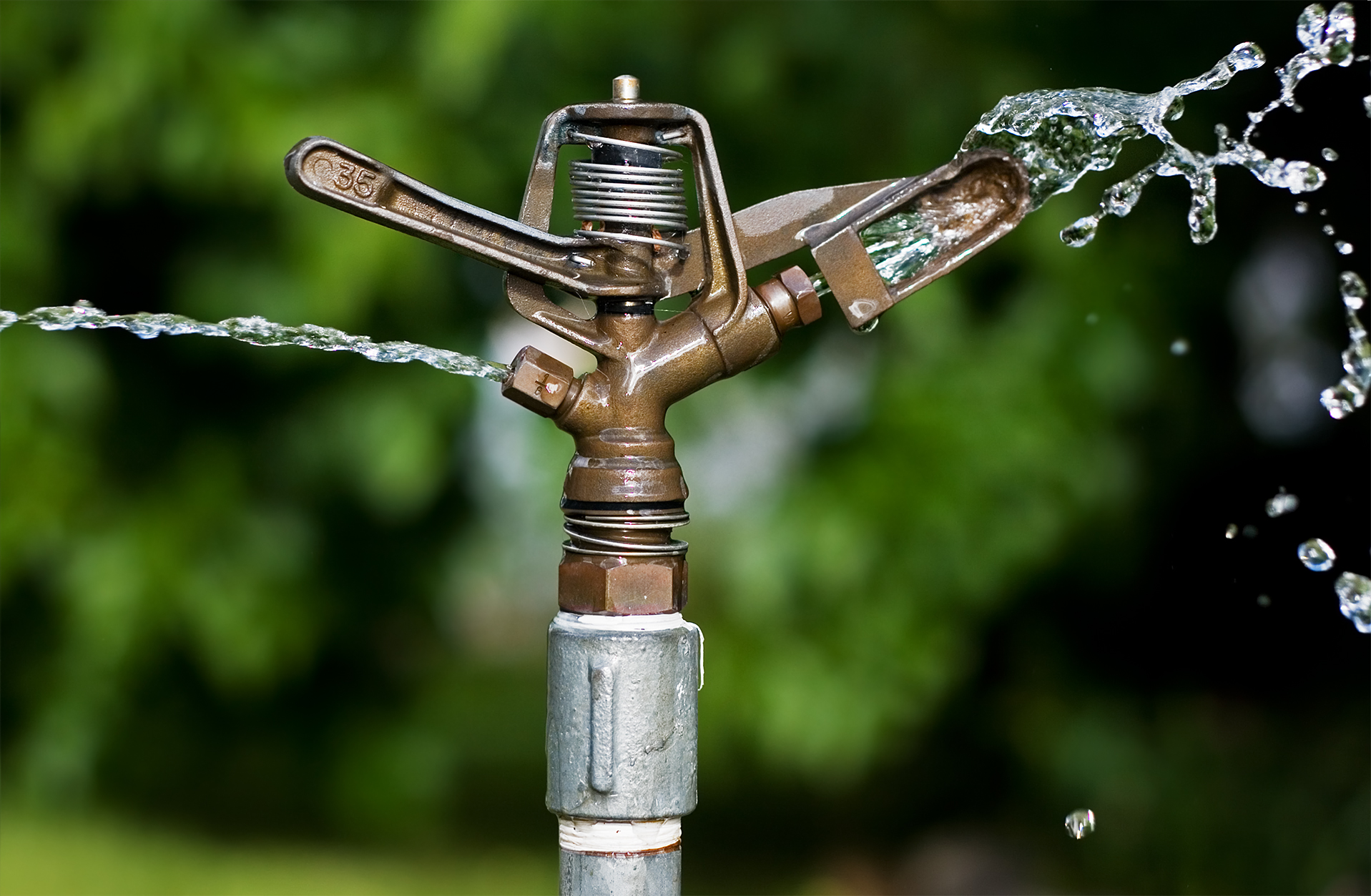By: Elena Roman
You go to the local nursery to buy a few perennials to fill in the garden bed in your front yard. You find what you like, you go home, plant them in the ground, and give them a good soak with the hose. You already know the bed has the appropriate sunlight for these specific plants, but you feel less certain about how much water they will need beyond their initial soak upon planting. Should you water them every day? Every week? Every other week? How much is enough, and how often is enough?

These are common questions, and truthfully, they can come up regardless of a gardener’s years of experience; not all plants require the same amount of water, and while some may be surviving on a certain amount, this does not necessarily mean they are thriving. Not to mention there are other factors you may be unaware of affecting the amount of water they are ultimately receiving, such as soil composition and soil texture. Not all soils drain the same!

Think clay vs sandy soil – the clay-based soil certainly will not drain water as effectively as the sandy soil; it will hold onto that water, not requiring to be watered as often as plants growing in sandy soil. These factors can make irrigation go awry quickly in a garden if you are unsure or simply not aware of them, leading us to overwater or underwater with ease. Plus, overwatering and underwatering often display very similar looking symptoms.

Waterlogged roots suffocate; they are unable to absorb the oxygen they need to function and grow and, over time, will begin decay or experience permanent damage. This can cause leaves to yellow or scorch and eventually drop, stunt overall growth, and cause rotting at the crown or base of the plant. Once the plant is weakened, it becomes susceptible to many of the pest and fungal problems we encounter in our gardens. Phytophthora spp. are organisms borne in waterlogged soils which cause root rot.

If a plant dies from Phytophthora, and the soil is not treated or left to dry out, replacement plants in its place will also likely die because the Phytophthora are borne in the soil! Additionally, waterlogged soil will attract insects such as gnats, grubs, and nematodes, which feed on plant roots. Pathogenic bacteria also thrive in the moisture of overwatered soils, which will find opportunity in plant wounds to invade its tissue, and potentially introduce a host of other diseases.
Follow these general watering tips to ensure your plants do not fall victim to these easily avoidable issues!
- Water less frequently but for longer periods at a time—deep watering encourages roots to dig deeper into the soil, thus promoting root growth
- Adjust watering based on rainfall, season, and temperature
- Maintain irrigation pipes—if you have an automatic irrigation system in place, make sure there are no rips or leaks keeping soil too wet in different locations
- Mulch your beds—mulch keeps moisture locked in, just don’t mulch too close to plant trunks or stems
- Make appropriate plant choices for different areas—learn what the plants you are considering installing need, and be sure to place them accordingly
- If you suspect soil may be too dry, or too wet, use a soil probe to test—only sticking a finger into the soil is not deep enough to feel the differences that may be there
- Do not let new plants dry out—be sure to prioritize newly planted trees, shrubs, and herbaceous material; their root systems have not established deep enough root systems yet to be able to go without regular watering
If you have any questions about how often to water your gardens, plant recommendations for a dry or wet area, identifying potential fungal or pest issues, or how to schedule your automatic irrigation system, talk to your Planted Earth estate gardener for some help or guidance!





